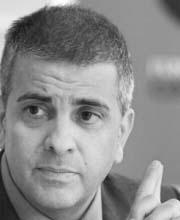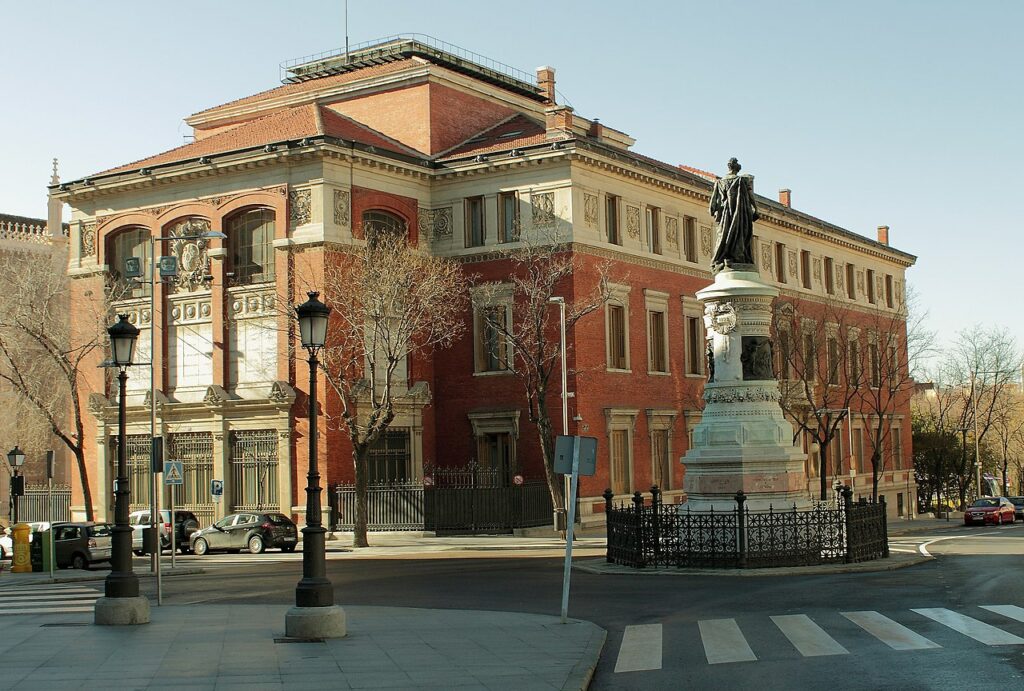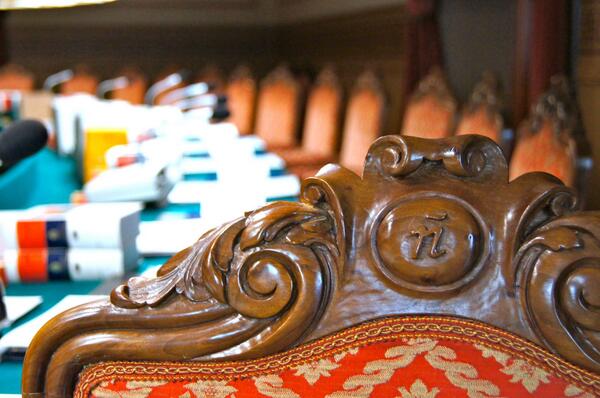On Wednesday I had the pleasure of attending the induction of Francisco Moreno Fernández, the Executive Director of the Instituto Cervantes at Harvard University, as the newest member of the Academia Norteamericana de la Lengua Española (ANLE). Moreno Fernández’s specialty is sociolinguistics, and he is currently focusing on Spanish in the United States.
The main point of Moreno Fernández’s inaugural lecture was that United States Spanish has two manifestations. The first is “Spanglish”, the casual form of speech characterized by frequent code-switching, or alternation, between Spanish and English. The second, used in more formal contexts, is an American* version of Spanish (español estadounidense) that has borrowed hundreds of English words, in many cases crowding out their normal Spanish counterparts.
My favorite part of the talk was the data that Moreno Fernández showed on the degree of penetration of specific English borrowings in different parts of the United States. He walked us through three examples: registración, which has mostly replaced inscripción, flu, which is threatening gripe, and dil (a Spanish spelling of deal), which hasn’t obtained much of a foothold.
As in the previous ANLE induction I attended, it was a pleasure to immerse myself in the beautiful Spanish of all the evening’s speakers: not just Moreno Fernández but the scholars who introduced him, formally responded to his talk, and officially inducted him. Coincidentally, two of these presenters were native speakers not of Spanish, but of other Romance languages (Italian and Romanian). As a non-native speaker myself, I was heartened to see them accepted as full colleagues and participating in the Spanish academy system.
[Later edit: Here is ANLE’s press release about the event.]
*Since I’m writing in English I’ve used the word American here to mean ‘of the United States’. This usage is problematic from a Hispanic perspective, since América, of course, includes all of North, South, and Central America, not just the United States. When speaking Spanish I would therefore never say americano to mean ‘American’ in the more limited sense, but always estadounidense. It would be helpful to have a more neutral English word like “United Statesian”. Wikipedia has an interesting discussion on this topic here.


